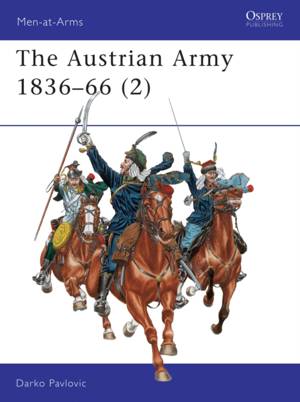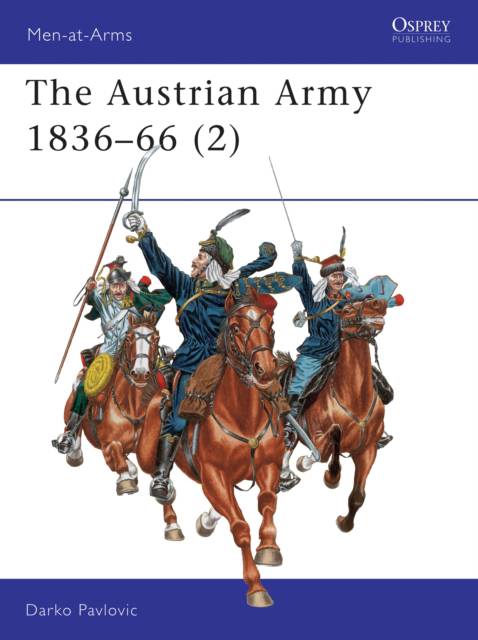
- Afhalen na 1 uur in een winkel met voorraad
- Gratis thuislevering in België vanaf € 30
- Ruim aanbod met 7 miljoen producten
- Afhalen na 1 uur in een winkel met voorraad
- Gratis thuislevering in België vanaf € 30
- Ruim aanbod met 7 miljoen producten
Zoeken
€ 18,45
+ 36 punten
Omschrijving
The huge, multi-national Austro-Hungarian army was a major factor in mid-19th century European politics. Sharing borders with ramshackle Ottoman Turkey and volatile Italy, the Empire was threatened both internally - by growing nationalist esentments - and externally by the ambitions of France and Prussia. The Imperial and Royal Army was representative of the Empire, its composition and gorgeously complex uniforms echoing the historical traditions of both German-speaking Middle Europe and the East-facing Hungarian borderlands. This detailed analysis of its cavalry arm - Kurassiers, Dragoons, Chevauxlegers, Hussars and Uhlans - follows the author/artist's similar treatment of the Austro-Hungarian infantry in Men-at-Arms 323, and includes detailed tables of regimental distinctions.
Specificaties
Betrokkenen
- Auteur(s):
- Illustrator(s):
- Uitgeverij:
Inhoud
- Aantal bladzijden:
- 48
- Taal:
- Engels
- Reeks:
- Reeksnummer:
- nr. 329
Eigenschappen
- Productcode (EAN):
- 9781855328006
- Verschijningsdatum:
- 1/07/1999
- Uitvoering:
- Paperback
- Formaat:
- Trade paperback (VS)
- Afmetingen:
- 185 mm x 248 mm
- Gewicht:
- 167 g

Alleen bij Standaard Boekhandel
+ 36 punten op je klantenkaart van Standaard Boekhandel
Beoordelingen
We publiceren alleen reviews die voldoen aan de voorwaarden voor reviews. Bekijk onze voorwaarden voor reviews.











